MONKEYPODARRHEA
First, know that I am an inveterate collector. Over my lifetime, I have collected coins, stamps, wives, logo golf balls, and ancestors. Each one of these activities has a name, by the way. The names are numismatism, philately, masochism, golfballogy, and genealogy, respectively. (Go to search and look for ‘golfballogy’ for more on that obscure term.)
Second, most recently I have been up to my ears in genealogy, and one of the primary skills I have had to develop is pattern recognition. The records that go back into the early 1600s are hard to read for many reasons and I’ve had some success because I’ve been able to extract the letters and words from the ‘noise’.
Now, understanding these points, it will not surprise you to read the following.
I walk 2.44 miles almost every morning. The street that I walk is lined on both sides with monkeypod trees. In the spring, monkeypods drop last year’s crop of pods to prepare for another year. The pods cover the sidewalks and streets and make it necessary for old ducks like myself to watch their step. The pods are initially green, but turn black when they are ’ripe’ and leave the tree. They are shaped like green beans only bigger. The typical pod is 4” to 6” long, either flat or with a very slight curve, but nature is very creative.
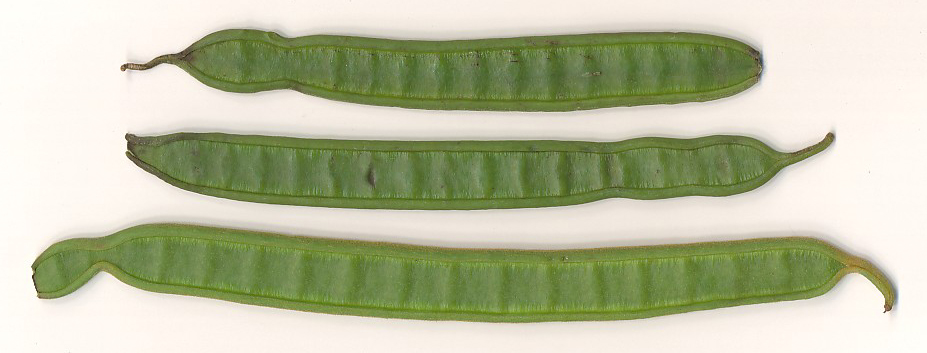
Immature
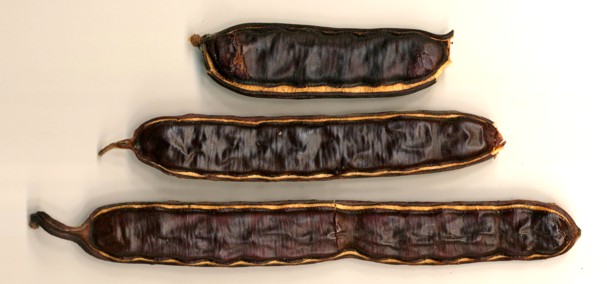
Mature
Now I need to digress slightly. Last fall, a single autograph tree (clusia rosea) along my route dropped its ‘fruits’ and they are fascinating. They are a little larger than a golf ball and when they drop, they pop open to make their seeds available (see below). The shell remaining is very attractive. Each day as I passed that tree, I would find the nicest fruit and place it on one of the light fixtures along the sidewalk so others could enjoy it. That tree eventually stopped shedding, just about in time for the monkeypods to start their process. So in the absence of the beautiful fruits, I started placing exemplars of monkeypods on that same light fixture. (OK, please don’t try to psychoanalyze this stuff!)
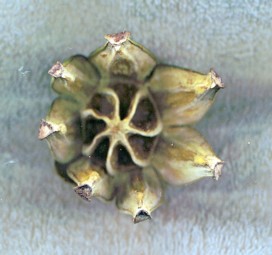
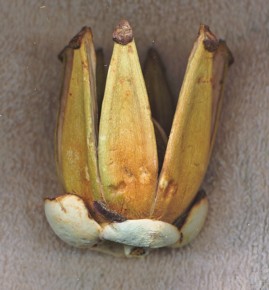
Back to the monkeypods. A couple of weeks ago I was walking along, watching my step, and I saw a perfectly formed ‘J’. I marveled at it, but went on my merry way. The next day I saw a really strange formation somewhat like a question mark. I placed it on ‘my’ light fixture and moved along. Over night, my imagination worked on the experiences and I resolved to find a nice ‘J’ and pick up that ‘?’. The gardener had apparently given up on trying to keep my light fixture clear so the ‘?’ was still there. I found a nice ‘J’ and brought my two treasures home. When put together they made a stylistic ‘JR’ (below left), my middle son’s nickname!
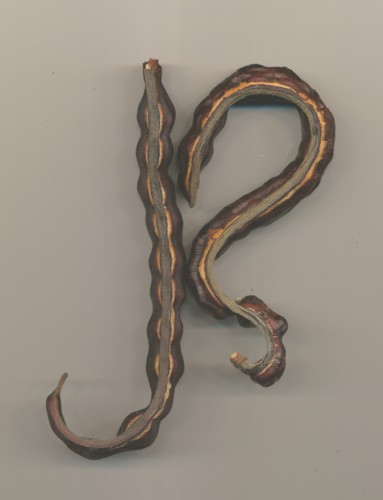
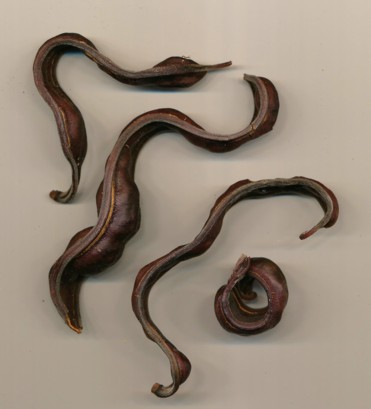
I really think there is a PhD dissertation in all this. I have discovered that, as a standard, almost every monkeypod tree creates pods that are 4” to 6” long, either flat or with a very slight curve, as noted. However, in addition to the norm, each tree seems to experiment a bit and sometimes they specialize. One somewhat smallish tree puts out some smallish, innovative pods (above right). Another seems to specialize in the letter ’S’. Still another works on ‘J’, while ‘C’ seems to be found at the foot of almost any one of them.
I’ve gathered enough pods to cover my patio table and I can (and have) made nearly every letter and number. Some letters and numbers drop from the tree complete as is, others require a creative grouping of pods, still others require a little imagination.
Here are a few more samples.
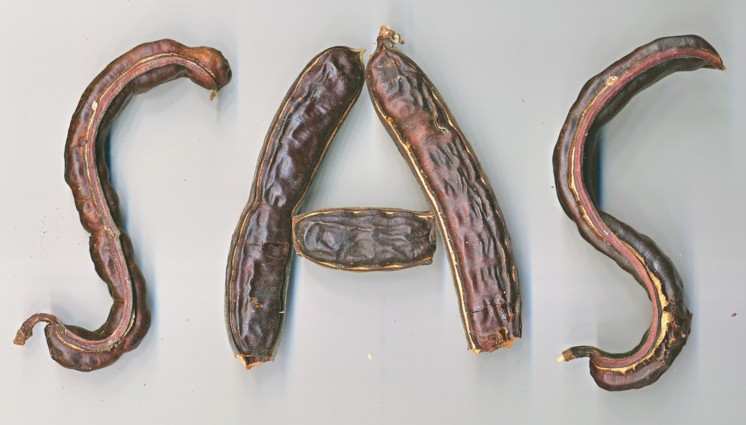
Pono’s youngest son’s initials
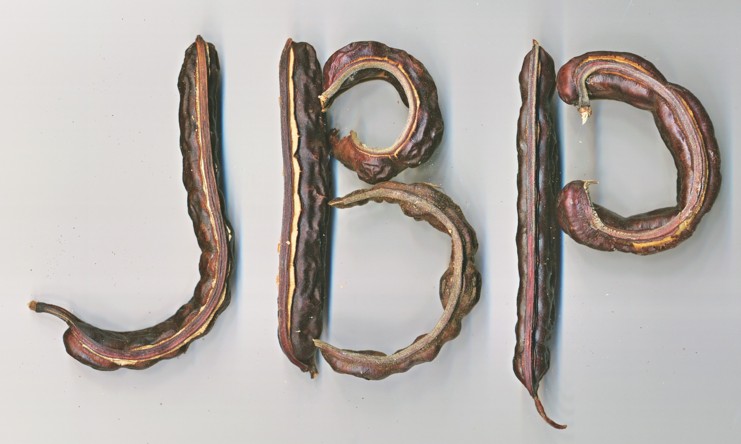
Pono’s older great-grandson’s initials
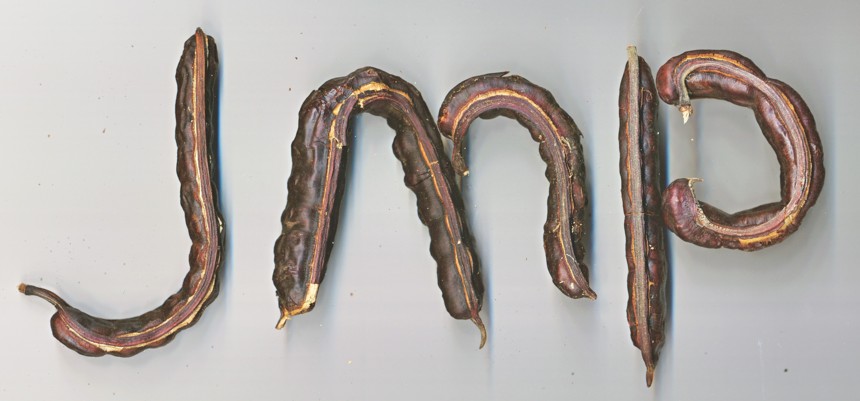
Pono’s younger great-grandson’s initials
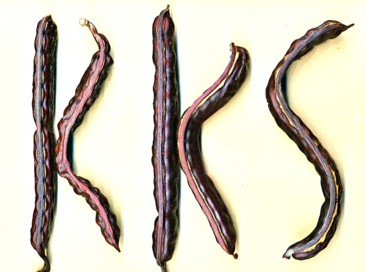
Pono’s oldest son’s initials
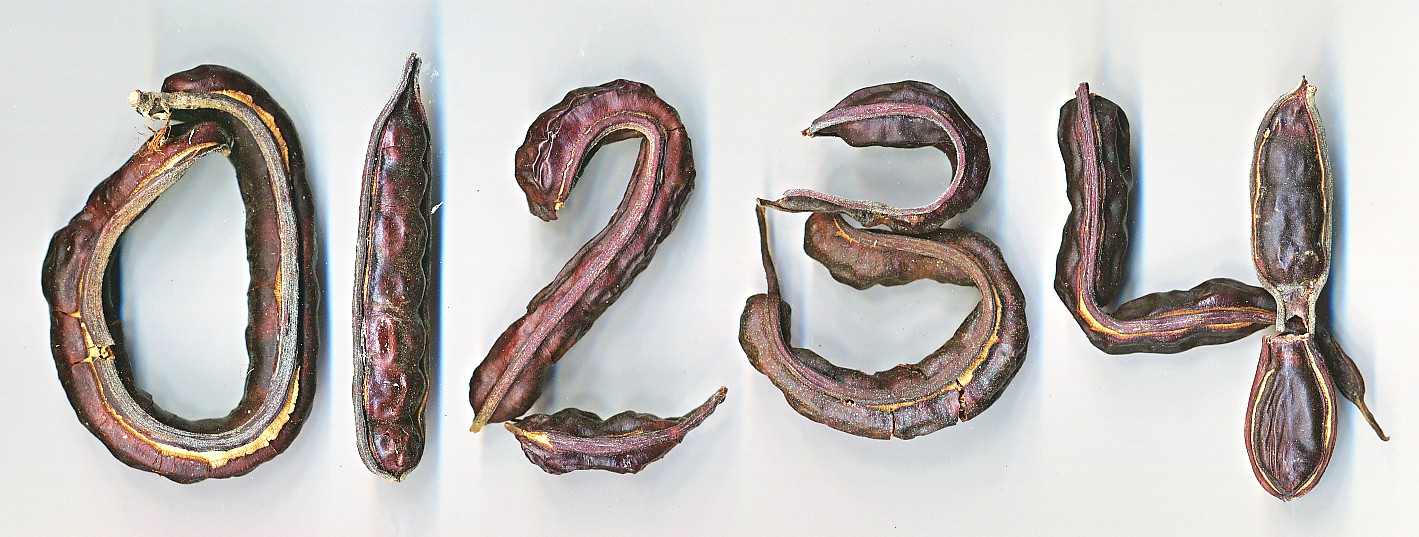


I don’t know where I’m going
with this hobby. Monkeypods don’t have very good legs. Much like me, they
are biodegrading as I write. The trees are just about done dropping, so I’ll
have to wait until next year to start on Chinese characters. However the
hobby is cheap, entertaining, requires just a little physical and mental
effort and keeps me busy, so it’s not all bad. I’ve decided to call it
monkeypodarrhea. Any resemblance in spelling to the word ‘diarrhea’ is
probably appropriate.
PS: You may notice
differences in the above pics. I have a new scanner and I’ve been
experimenting with it. Flatbed scanners aren’t meant to do 3D, but I think
the results are consistent with the importance of the discussion.
PPS: This is Ponogram #12. Since I’ve been sending them out monthly, I think that makes somewhere near one year of stuff. I’ve had some feedback and I sincerely thank you for that. I hope you will feel free to send me your good comments and reserve your bad ones for obnoxious commercials. If you want off my list, please ask. If you want to add a friend (or someone you want to get even with), just send me their addy. mailto:kapono@maui.net
[Visitor number
]